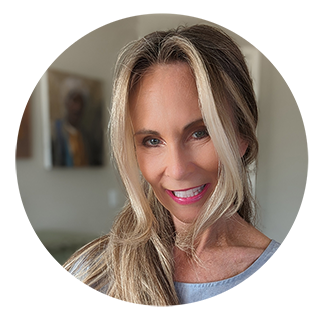 Jennifer, can you tell us a bit about yourself and your journey to this point in your VFX career?
Jennifer, can you tell us a bit about yourself and your journey to this point in your VFX career?
“I’ve worked on over 40 feature films / television projects (with a decade spent at Industrial Light and Magic, four years at Sony Pictures Imageworks, followed by another six years at DreamWorks Animation).”
Well, I’ll give you a bit of a high-level overview of my background. I’m a Senior 3D Artist (a Generalist), a 2D artist, as well as a Designer. I have a comprehensive background that spans decades in feature film visual effects, animation, and broadcast television. In addition, I’ve spent a considerable amount of time in the tech sector. I’ve brought my traditional visual effects and animation skills into my tech work. The scope and depth of my visual effects and animation experience is kind of a superpower, because it allowed me to bring a rich set of skills to the table during the ideation phase on tech projects but it informed ways to implement magic to any visual content that I delivered.
“The scope and depth of my visual effects and animation experience is kind of a superpower.”
I’ve worked on over 40 feature films / television projects (with a decade spent at Industrial Light and Magic, four years at Sony Pictures Imageworks, followed by another six years at DreamWorks Animation). I’ve worked across the aesthetic spectrum- photorealism to the stylized world. Prior to ILM, I worked in broadcast television (episodic visual effects to broadcast show openings). I had a tremendous amount of fun creating graphic openings for the Emmy Awards or the American Music Awards, yet equally enjoyed creating baby alligator-like creatures for Star Trek Voyager or UFOs for The X-Files.
–
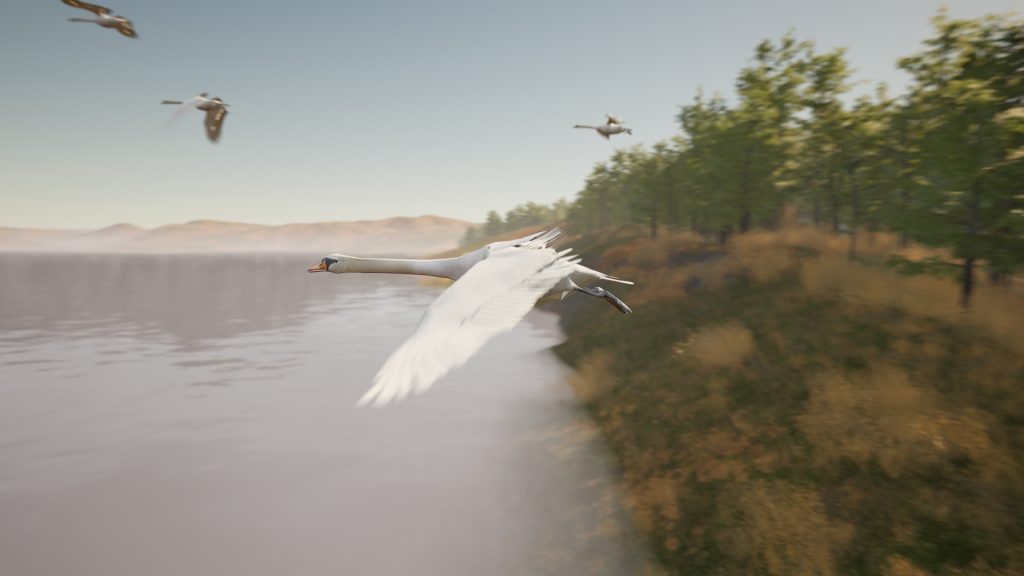
–
Jennifer, can you describe your current CGPro filmmaking project and what inspired you?
Yes, indeed. My film project is named “Sydney and Socket.” It was originally inspired from the Covid era that we all went through, where we were all having to be isolated from one another. The film was about instilling hope during moments of solitude. I also wanted to find a dynamic and compelling way to tell a story which conveyed a human centric powerful message, in an unspoken and unwritten way.
“Sydney and Socket’s story shines a light on the beauty of diversity and inclusion.”
In my film we have two opposite beings, a rusty robot and an elegant swan. They are both outcasts of sorts. Sydney can’t fly. Socket’s ability to be productive fell short. They’ve been left behind by their communities and think they’re alone in the world. It’s basically a tale of two misfits who are forgotten, yet unexpectedly cross paths. In the end they strike up an indelible friendship.
“My message suggests that sometimes when you think you’re all alone in this world, magic can happen. I decided to shine a light on the beauty of diversity and inclusion. They found a way to belong in their own community, no matter where they came from, what their background was, or if their capabilities fell short. They became each other’s community and family”.
My film has four distinct scenes, all held at various times in the day. Each scene contained a different lighting rig to tell the story and suggest the passage of time. For one specific sequence, I animated the sun with distinct movement. The sun cast shadows which traveled across the frame, indicating transpiring time, all during a single walk cycle. This swan was very sad because he could not fly. He could not catch up to his flock. He was left behind. He is wandering aimlessly through the forest, wondering “what am I going to do?” The day slowly turns into night. Again, it used a non-verbal approach to convey the story’s emotion, employing light to mirror Sydney’s feelings. His despair was depicted by the transition of light into darkness.
The film has garnered an amazing response. It’s quite powerful to see it understood and interpreted as intended without a single written or spoken word. Some say that communication is largely nonverbal. My film supports this theory.
My goal used visual storytelling to transcend cultural and language barriers as a universal language. The story is ultimately told by the interactions of these two distinctly different beings and their expressions and behaviors towards one another.
–

–
Jennifer, is this the first time you have made your own film?
Indeed, I am a first-time filmmaker. Absolutely! No question about it. However, having an extensive career in post-production film and television paid dividends in the filmmaking process. I’ve worked very hard over the years to maintain multiple skill sets, and I’ve done that, for multiple reasons. At the top of the list would be my desire to have a thorough understanding of whatever I’m working on and how that plugs into the greater pipeline. I can then streamline and optimize my workflow in the most efficient way possible. This approach served me well during the production of “Sydney and Socket.”
When I approach creation for any type of visual storytelling moment, I look for solutions like an engineer. I look for the most technically efficient way to approach a scene, a sequence, or a shot, while keeping the aesthetic standard of excellence held by the highest caliber visual effects and animation artists. I’m utilizing new tools and technology approaching my film project in a very streamlined manner.
–

–
Can you share your experience of taking the class with CGPro?
“Right off the bat, CGpro is the gold standard, the Ivy League for CG education. They set the standard. They set the bar.”
I feel that the expertise held by the instructors and guest speakers are some of the most knowledgeable people in the industry. The student support at CGPro is also unmeasured. They encourage questions. They are eager to help. The depth and broad range of different skill sets and knowledge is truly impressive. They spoke about updates to upcoming releases, to keep us informed with what is on the horizon, For example, the difference between Unreal 5.3 and Unreal 5.4 contains some impressive updates. However, we didn’t move to 5.4 as we were in production on our films. They provided a glimpse to the evolution of tools which would be released in a matter of weeks. I would say the level of expertise held by the instructors is like nothing I’ve ever experienced.
“What set CGPro apart is that they made learning fun. They created a course where I was able to create something I was excited and passionate about, a story that I wanted to tell. They helped me to illustrate a narrative that inspires people to connect and maintain hope when they’re feeling alone in this world. I was able to tell a story, creating a compelling film, while I was learning new software.”
For example, Sunday classes occurred on zoom. I logged into the classes from my Mac, I was able to have an Unreal scene open on the CenterGrid cloud workstation and follow the instructor’s demonstration in real time. Class recordings were also provided to students (which included text “word search” transcription). In addition, the students received technical support on our class Facebook group (support offered outside of class). The instructors are located in other parts of the world. They have your back at all times of the day. Sometimes I would post a question at the end of a long day. Often, I received an answer before I went to bed. Other times, I woke up first thing to find an answer waiting for me. I could hit the ground running and resume my project from the answer I received.
I should also mention the camaraderie among students. Everyone helped one another. It was quite impressive and the talent pool among the student group was amazing.
–
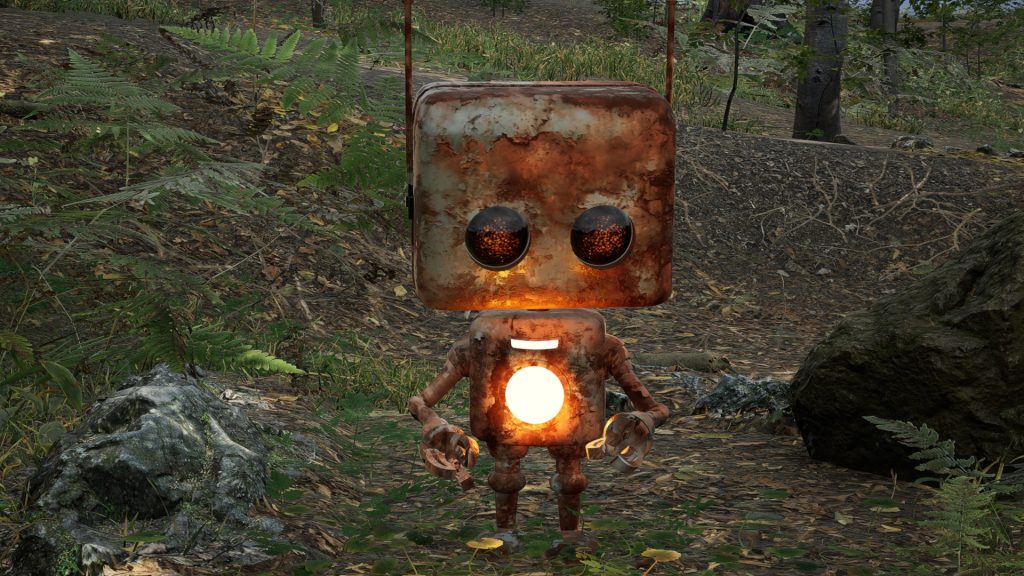
–
Can you tell us how the CenterGrid Virtual Studio workstation impacted your CGPro filmmaking process?
Yes, the cloud workstation allowed me to iterate rapidly, blocking out the movie from its baseline. Because of the 8 week deadline, I approached my short film with a rapid production mindset.
The Virtual Studio running Unreal Engine allowed me to do so by providing immediate feedback during the creation of each and every shot. It allowed me to start working from a “broad strokes” approach and refine with the meticulous granularity “fine brush strokes” needed to evolve each shot to the finished state.
I feel it’s a process comparable to oil painting. With painting, I block in all light and dark values with a big thick brush, to set the overall tonality and value balance as defined by the key light position and where the cast shadows fall. When painting outdoors, it just helps compositionally to figure things out from a broad to narrow approach and not waste time on detail as the sun is moving. The view can change dramatically in a short period of time. Having four different sequences for this film, it allowed me to rapidly put a story together. I just followed my process breaking down each sequence with compositional shapes, not worrying about textures or lighting. Each scene was blocked with gray shaded shapes so I could get a sense of story timing, composition, and character perspective. I was able to quickly lay the story out during the blocking phase. Remember those narrow brushstrokes I was talking about earlier? This method also pays off in production so you don’t use up all of the clock on tiny details, having little time to bring the entire story as a whole to completion.
“The beauty of working on a CenterGrid cloud workstation was that I was able to rapidly progress adding complex textures, lighting and animation during each iteration, refining the project step by step, increasing the detail brush strokes with each take. I certainly arrived to a finished state quicker than I would have if I was just using my Mac.”
I think my Mac would have gone on strike (especially with the pace I work at). I remember I loaded my Unreal scene on my Mac to test. It began sounding like a 747 about to take off. With a fast virtual workstation, I was really able to push the story, maximize the tools available to me within Unreal Engine (including content that was extremely dense) without limitations.
–
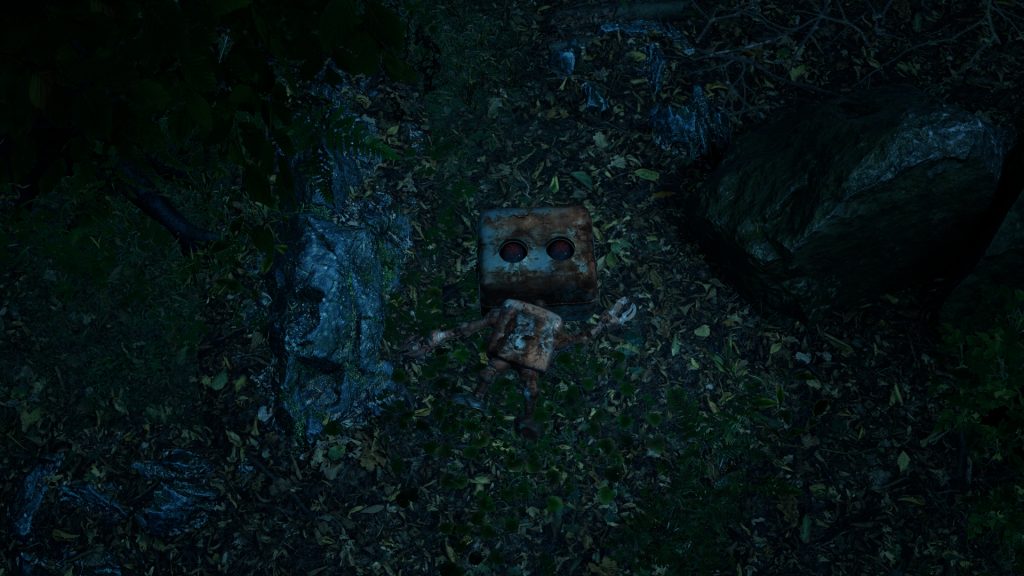
–
Why would you recommend using Virtual Studio to other CGPro Unreal filmmaking students?
I’ll be straight up. I almost didn’t take the CGPro class because I wondered – am I going to get the most out of this class if I’m here working from my old MacBook Pro? So, the fact that Virtual Studio cloud machines were even an option made the decision for me to take the CGPro Unreal filmmaking class.
And I will tell you right now, that was the bottom line. I wanted to get the most out of the course because I knew the level of instruction was exceptional. I didn’t want to be limited by my old computer.
“I didn’t want to just watch random videos on YouTube to learn Unreal Engine. I wanted to have an interactive filmmaking experience and ask questions of the CGPro instructors. I wanted to put what I learned into play and implement the demonstrations into the filmmaking process while I was learning.“
I didn’t want to just take notes, reminiscent of my UCLA days. That is why I would recommend using Virtual Studio cloud workstations and CGPro. The virtual workstation will never impede your learning, it will only enhance it.
Combining CGPro’s instruction with the CenterGrid virtual workstation, you can create a portfolio piece that is truly spectacular to represent your best work. You can tell a story.
–

–
Can you share your experience of working with the CenterGrid cloud workstation team?
Yes, any questions or concerns were followed up by the CenterGrid Virtual Studio team in a timely manner. They submitted helpdesk tickets to resolve any issue as quickly as possible. The CenterGrid team members were incredible. If I sent a message- “Hey, I’m hitting a wall and I’m blocked” or “I can’t log in.” They were quick to respond. That happened once, and that ended up being on me because I was using the wrong login credentials. No matter what it was, they responded. The team at CenterGrid is the best and I can’t say enough good things about them. It’s been a wonderful experience.
–
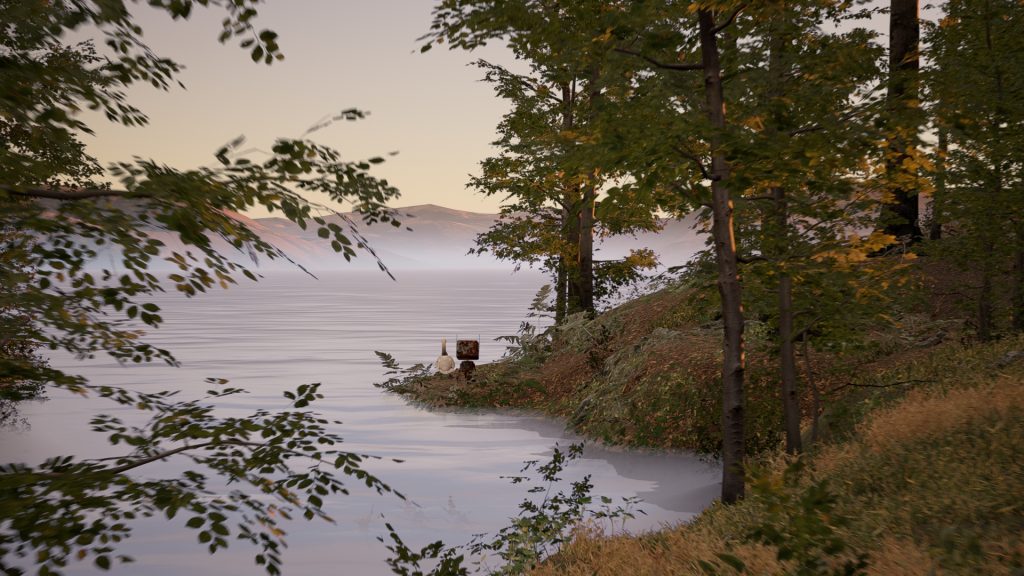
–
How do you see virtual production clouds like CenterGrid impacting the future of filmmaking?
The one thing that I did not set up and would love to learn, is using Perforce with Unreal Engine. From my understanding, you can have an Unreal Engine scene with version control (using Perforce). If my interpretation is correct, multiple users can contribute to the file simultaneously. For me, that is game changing because that means you can have people from all over the globe logging into CenterGrid, each working on the cloud workstation. You have dynamic data in the cloud, meaning it incorporates updates from each team member. Becase of this you’re going to have cohesion across sequences and assurances that aesthetic continuity will be maintained.
“I just think that the virtual cloud workstation is incredibly efficient and supports the creative process like never before. From my perspective, it takes the collaboration process up a notch when you’re using something like Perforce to manage all the things that are used in a Virtual Studio Unreal Engine cloud production.“
Find out more about Virtual Studio Workstations for CGPro Classes. https://cgvirtualstudio.com/#workstations

